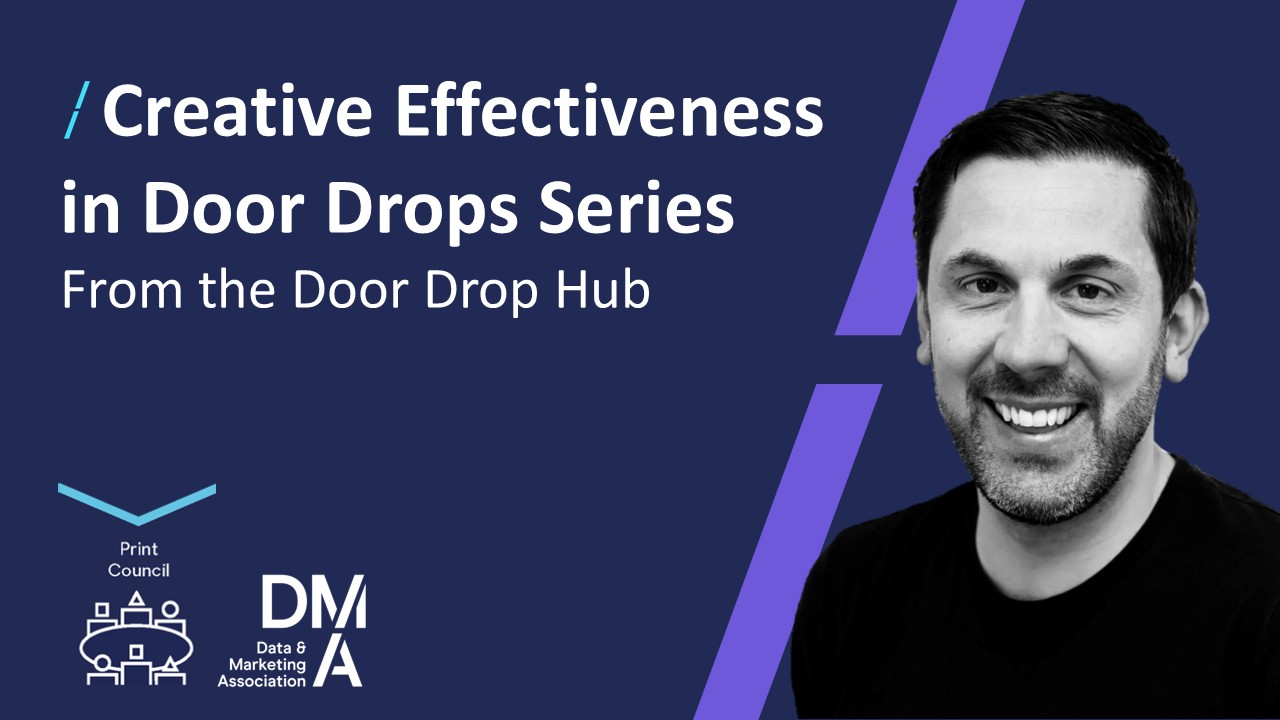Don't burst the DM bubble!
02 Mar 2022

Since the advent of the Internet, mail budgets dwindled as brands shifted their spend to digital media. However, as online channels continue to fragment, become more costly and deliver reduced ROI, direct mail is increasingly being added into the mix as it is proven to bolster multichannel campaigns.
In fact, the most recent Jicmail figures show that DM is particularly effective at driving online traffic, product and service information gathering online, and record levels of smartphone and tablet usage.
The Q4 2021 report reveals that while nine per cent of mail (across Direct Mail, door drops and business mail combined) prompted a website visit, mail also continued to record robust effects for traditional bricks and mortar retailers. The proportion of mail driving consumers in store were found to have doubled.
Volumes on the Jicmail panel also increased, up 16 per cent year on year and are now in excess of pre-pandemic levels with 11,984 items tracked in Q4 2021 compared to 11,489 in Q1 2020.
Of the 17 industry sectors measured, the retail sector that has proven to be most effective at taking advantage of mail’s digital and physical effects in the key Christmas trading season.
Retail recorded above average mail effectiveness at driving web visits (11 per cent of retail mail) and store footfall (three per cent of retail mail). In comparison, while supermarket advertisers are very effective at driving customers in store, their mail is less effective at driving people online.
Direct Mail also recorded uplifts in frequency of interaction. Most notably this uplift has been driven by younger audiences, with 25 to 34, 35 to 44 and 45-to-54-year-olds all interacting with mail more than they were a year ago, demonstrating the versatility of the channel.
Clearly Direct Mail is an effective channel – but history and experience show us that this is only the case when it is relevant to and welcomed by the recipient. Whilst the impact of the internet played a large part in the decline of DM, brands themselves also had a role by sending out too many untargeted mailings. There was a time when I remember receiving multiple credit card mailings from the same provider on the same day! Bombarding customers was not a good look and unsurprisingly the channel earned a poor reputation and became known as ‘junk mail’. In June 2006, known as the summer of discontent, things had got so bad that the DMA had to launch a campaign to try and stem the negative press. However, fast forward twenty years and it is now the most trusted form of advertising. That is because we have come a long way and now understand that less is more. GDPR means that we are no longer able to send communications to people unless they express an interest, and we also understand the value of data hygiene – ensuring that our data is accurate. Removing people that have passed away or moved house and ensuring that we delete any duplicates and correct any address or name errors. As the popularity of the channel increases due to its effectiveness, it is critical that we do not burst this bubble by falling back into the old mindset of “it is working so let’s send more and worry less about the accuracy of our data!”
To make data hygiene and cleansing easy we have contracts with the most prominent suppression and home mover file owners. This means you don’t have to negotiate individual agreements or make volume commitments. Through our solutions it is possible to access over 450 million suppression and home mover records via Cygnus, our desktop software solution, through our SwiftCore API or via command line automation with Swiftcleanse. Drop us a line for more information and do your bit for responsible direct mail marketing!





Please login to comment.
Comments